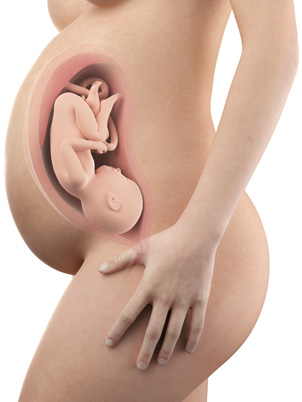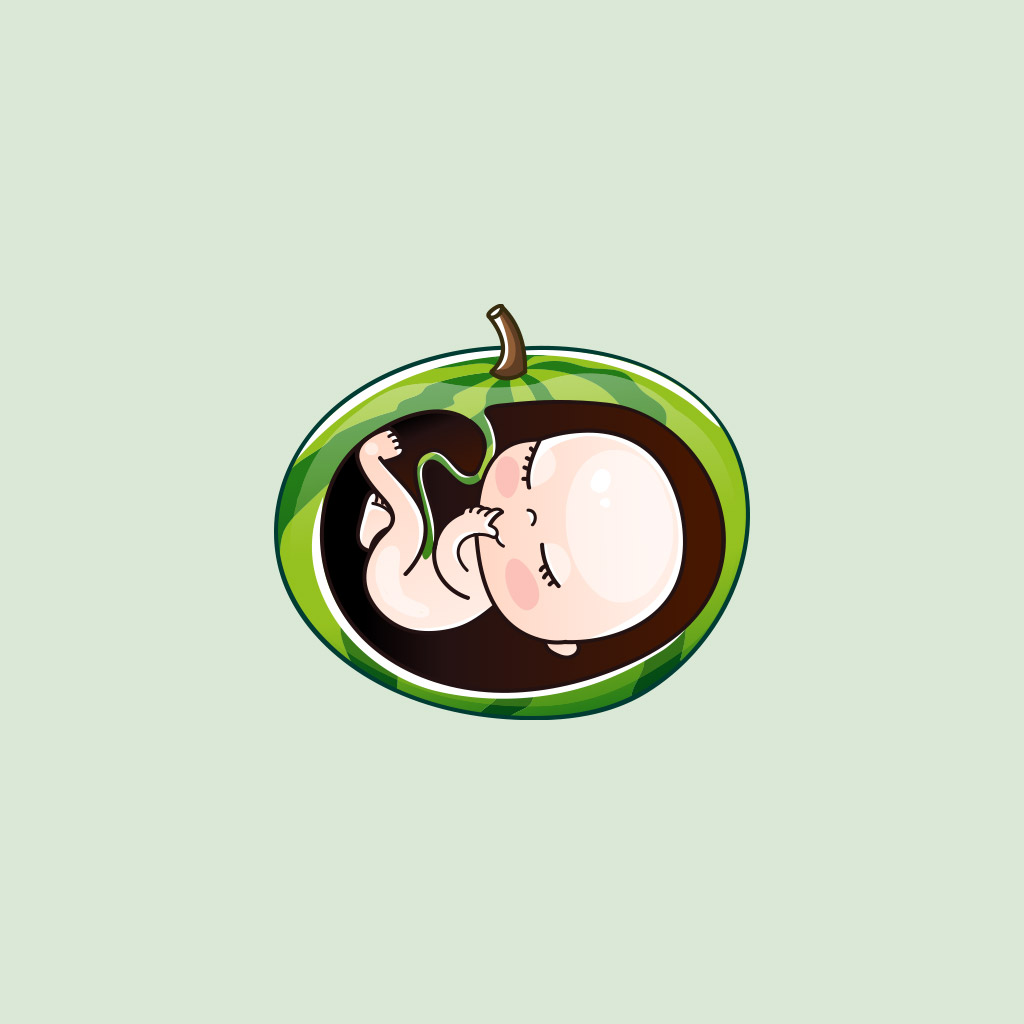Welcome to week thirty Nine+!
So here we are, your baby is full term, and the waiting is difficult especially if you go past your due date.
When you were first given that date, it seemed so far away. But be encouraged because you will soon hold your long-awaited baby! Your due date is only an estimation of when you will go into labor, only about 4% of babies come on their actual due date. Most babies come within 2 weeks on either side of that date.

So here we are, your baby is full term, and the waiting is difficult especially if you go past your due date.
How my Baby Grows
- Your baby’s physical development is complete
- He/she continues to put on fat that will help maintain body temperature at the time of birth and in the early hours of life
- Your baby is now the size of a watermelon and that probably does not surprise you because you feel every bit of that watermelon
- It is only a matter of days before you will look your baby in the eyes and see him/her or the first time
Symptoms Mama may Feel or Experience
- Most women secretly hope that that will “go early”, in other words, deliver before their due date
- However, many women go to 40 or even 41 weeks
- If you have not yet gone into labor at 39 weeks there are a few things that may initiate uterine activity like walking/or some other aerobic exercise, having sex, or nipple stimulation
- Some doctors or midwives will “sweep/strip your membranes”, this is a procedure done during a cervical exam if your cervix is already dilated enough and will sometimes bring labor on within the next 1-2 days if your body is ready, it gently separates the amniotic sac from the uterine wall at the internal part of your cervix,
- Evidence supports the safety of this procedure but not all providers will do it
- It can be effective especially after 40 weeks
- Induction of labor is a means by which your doctor or midwife can artificially stimulate your body to begin labor, there are several ways in which this can be done
- Two different types of inflatable balloons are on the market for use in inductions
- One is placed on the inside of the cervix near the baby’s head and then inflated to put pressure on the cervix and start it opening
- The second one places a balloon at both ends of the cervix before inflating them causing them to squeeze the cervix and begin dilatation, when this double balloon is removed after 12 hours most women have dilated 3-4 centimeters or more
- If the cervix is partially open or after the use of a balloon, Pitocin can be used as a synthetic oxytocin which is what your body produces to initiate labor, this is started in very small doses and then increased to develop a good pattern of labor
- There are several other medications that are used intravaginally and your doctor or midwife will explain to you why they have chosen a particular way in which to induce labor. If an induction of labor is started before 41 weeks there should be a valid medical reason, most inductions of labor these days are done between 41 and 42 weeks
- Your doctor or midwife will do all they can to prevent a cesarean section (C/S) birth
- Cesarean sections in our country are very safe but they are still major abdominal surgery that is associated with more complications than a vaginal birth and they limit the number of babies that you can safely have to a recommended 3 because of the incisions that are made on the uterus
- There are reasons for a C/S based on complications that a mother is having and there are also complications related to the baby that may lead to a C/S, in either case your doctor or midwife will discuss this with you if this type of birth is necessary
Thoughts to Consider
- What are some things that you can do to encourage yourself if you go past your due date
- What are some things that you want to get done in preparation for coming home that you still need to accomplish
- Do you have FMLA or other paperwork to fill out for work
Tips for a Healthy Pregnancy
- The postpartum period is filled with physical and psychological changes and lots of questions for many women, don’t forget that StorkAdvisor is here for you even after your baby is born
- If you plan on breastfeeding, have you connected with other breastfeeding moms
- Each and everything that you have done to support a healthy pregnancy is about to pay off, enjoy

Dr. Cheryl Sharp,
Certified Nurse Midwife
Chief Content Officer
Chief Content Officer


